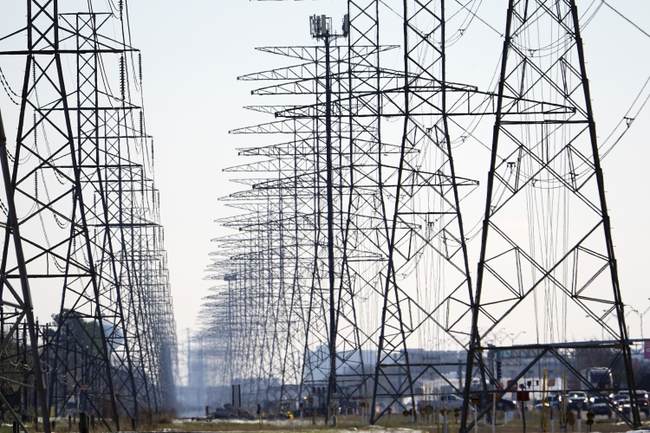Three Berries
Active member
So what do you do for brownouts or extended power outages? They are predicting it for the Midwest this summer, probably not the extended outages. I have two generators but that gets expensive in a hurry.
I was thinking solar and battery but then that's around $15k. Just looking at the specs for my light and fan and they are rated at 100-240v volt. Never had brownouts before so don't know the effect really.
Do you start to reduce the light time at the end of flower?Outside if you can would be great. Move your photoperiod 1/2 to 1 hour every few days
until it matches natural daylight. When I flower indoors, I reduce the photoperiod like this
to reduce plant stress.
Do you start to reduce the light time at the end of flower?
It's almost 12/12 outside here now.

 www.eiec.org
www.eiec.org
I had some company sent out email to the locals and offered an estimate. When I got mine they had the wrong house and mine sits facing E/W so the roof is no good unless set across the short width on the north end of the house. But the same solar coverage is at the ground level there too. They declined as there was not enough return for them to cash in first apparently.Whatever you do, run away from a Sunrun solar lease deal. You will not own the equipment that is on your roof, and the house will be impossible to sell at market price.